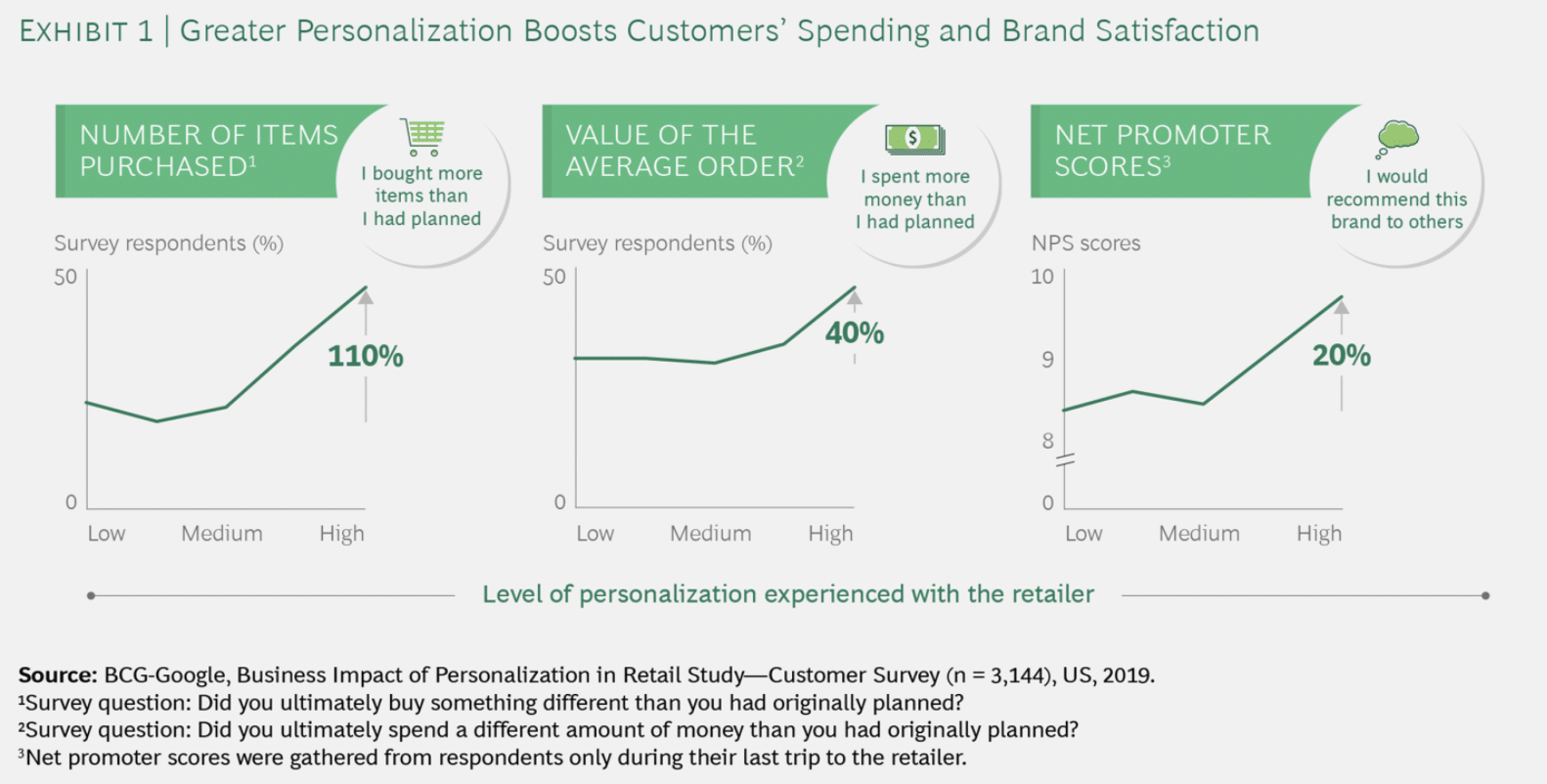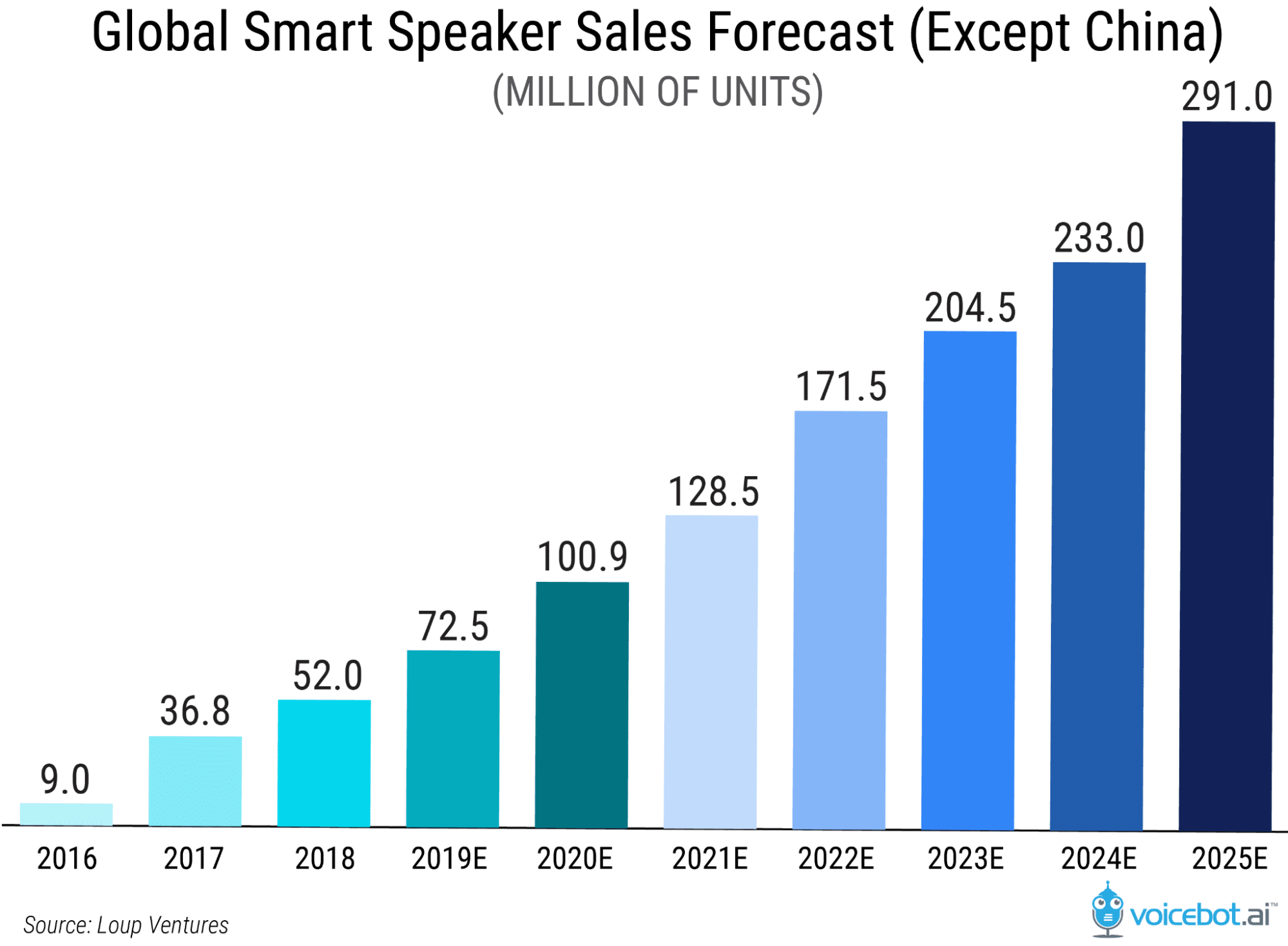Written by
Xiao is the Global Head of Lead Generation at Brightpearl, a leading retail operations platform. She is passionate about setting up innovative strategies to grow sales pipelines using data-driven decisions.


Don’t have a Reach account? Sign up here
Don’t have a Performance account? Sign up here


Tips & Guides — 18 Nov 2025
Best eCommerce Macro Marketing Tactics
Marketing is about appealing to your niche. You map out account-based campaigns. You scrutinize Google Analytics metrics like bounce rate, conversion rate, and customer acquisition across various marketing channels for your Shopify eCommerce store. The focus is on appealing to the most specific targets possible.
But what we’ve described here is something known as micro marketing. There’s macro marketing to take account of too. Let’s take a look at how this should be impacting your approach moving forward.
Macro marketing is very different to the methods outlined above. Instead of concentrating on the specifics, it encompasses the large-scale effects of digital marketing strategy in society. This includes concerns such as:
eCommerce retailers need to anticipate and understand these trends to stay ahead of the competition.
Macro and micro marketing are both concerned with how technology interacts with consumer society, but while micro marketing teams want to exploit that information to make a profit, macro marketing attempts to understand how trends like algorithms and automation affect peoples’ lives.
Finer points of difference include focus, audience, and relationships. We’ll discuss these below.
Marketing (“micro marketing” in this context) concerns itself with the selling of single products. Macro marketing concerns itself with not just the marketing field but the technology, supply chains, and economics surrounding it.
While a micro marketing plan is aimed at niche target demographics, macro marketing tries to zoom out as much as possible and consider how large marketing trends interact with society as a whole. It might go as far as considering ecosystems as stakeholders.
Marketing is all about establishing relationships with potential customers who’ll associate the product with certain values. Macro marketing doesn’t seek to establish relationships but instead looks at broad trends among the audience as a whole.
Macro marketing is important because of the huge role marketing plays in consumers’ lives. Instead of looking at micro-niches, it studies widespread trends like the rise of artificial intelligence and augmented reality. It uses huge datasets to do this, trying to anticipate the impact these trends will have on people and economies.
Micromarketing tactics include things like user personas, user journeys, individual account-based marketing, content marketing, and retargeting. These are all about individual actions and psychology.
Macro marketing looks at the bigger picture. Components of a macro marketing strategy include:
A macro marketing strategy deals with much larger sums of money than micromarketing, but because it’s dealing with economies of scale there’s a lower cost per order.
Macro marketing is concerned with questions like:
Macro marketing thinking is often more concerned with the unique selling proposition and global appeal of a product than the specific niche features its target audience will care about.
Supply and logistics issues are considered, as well as typical marketing questions such as which physical or online stores the product will be available in.
Macro marketing thinking also considers issues like the environmental impact of packaging, shipping, and distribution methods.
As micro marketers try to mine ever-smaller niches for profit, “trends” get shorter and shorter. Fast fashion brands like Fashion Nova have to get new designs shipped out in 24 hours to capitalize on the interest in whatever influencers are wearing on a given week.
Macro marketing trends, on the other hand, are measured in years or even decades. These include things like increased competition, partnership marketing, and the rise of AI.
Let’s take a look at a few of them below.
eCommerce has exploded in recent years, both in terms of the number of purchases made on the web and the number of shoppers moving online.

In the short term, this is good for everyone in eCommerce, as a rising tide lifts all boats, but it also means an increase in the number of competitors as more eCommerce companies move into the space.
To protect their loyal customer bases from these new rivals, an increasing number of online retailers are harnessing the power of switching costs to defend their long-term growth.
Switching costs is one of the seven “powers” outlined by Hamilton Helmer in his book 7 Powers: The Foundations of Business Strategy. As the company becomes more integrated into the customer’s small business or daily life, it becomes less tempting to switch to another service.
Online retailers like Instacart and Fabletics are trying to achieve this with loyalty programs, but another tactic is subscription services. These try to lock customers in for set periods by booking goods weeks or months in advance.
This guarantees more regular revenue for the company month to month, which is also an effect of the surging trend of buy-now-pay-later services like Klarna. More on that below.
Buy now pay later (BNPL) is another great macro trend to take advantage of. It reduces the psychological impact of the money being paid in the mind of the customer. It also makes it financially possible to pay for products in installments rather than all at once.
Buy now pay later has technically been an option for years, but BNPL products have changed the game in several ways. For one, the user experience is seamlessly integrated into the checkout. Many BNPL services sell themselves on the fact they don’t charge interest, and a lot of the risk of a credit card service is taken out as BNPL doesn’t affect a customer’s credit score.
BNPL has grown hugely in the past few years, and that growth has only been accelerated as more retailers move online. 40 percent of checkouts have now moved from a five-payment plan to an even more flexible and affordable seven-payment plan.

Those are the benefits of BNPL for the customer. For the eCommerce retailer, the upsides of adoption include:
Since 2015, partner marketing has grown by 10 percent year on year, surpassing even email list marketing in terms of revenue.
That growth shows no sign of stopping, with Statista expecting this trend to continue through 2022 at least.
Similar is influencer marketing, where rather than marketing partnerships with publishers, the brand partners with individual influencers on social media to gain access to their audience.
In B2B settings, these influencers are often trusted experts in their field, so it’s obvious why brands want to partner up with affiliates and their networks. In a B2C context, influencer marketing is often as much about the brand affiliating themselves with a community on social media as it is about individual sales.
We see another example of this in brand collaborations, where companies work together for limited-run items. One example is mainstream clothing store H&M doing a limited range with designer label Alexander Wang.
This is inspired by the “drop culture” of cult clothing brands like Supreme, which leverage scarcity and exclusivity to cultivate a devoted following. Owning a limited-edition item is in many cases less about its value and more about the privilege of being at the event. As commerce moves online, the same logic applies to internet launches that are mainly promoted on social media.
This partially explains the recent interest in NFTs by B2C brands like McDonald’s and Pringles. The value of these items briefly increases then crashes after the hype dies down. There’s an element of “if you build it, they will come” thinking behind these launches, but what brands miss is that the object itself is not the point.
The appeal of something like the cryptopunks project is about individuals showing off that they’re a part of a community. The monetary value of the pieces might ebb and flow due to market forces, but the real lure only builds as this long-lived project – the first of its kind – grows in stature as the one that kicked off the craze.
This all plays into the macro trend of brands affiliating themselves with communities and niche audiences, but those bullish on NFTs, like strategist Zoe Scaman, would say we’re moving into a world where these niche audiences demand real participation in the success of brands.
Over the past two years, more shoppers have moved online, and retailers are having to embrace the online experience as their primary one.
Retailers must implement omnichannel digital marketing experiences, with funnels moving seamlessly across platforms. They’re having to site their online store as their primary focus and embrace new technologies to increase sales.
These technologies include:

One issue they’re running into as a result of these swelling customer numbers is last-mile fulfillment. Last-mile fulfillment has long been a thorn in the side of eCommerce retailers like Amazon. While one lorry can take thousands of packages from one distribution center to another hundreds of miles away, it’s much more complicated to get those packages to all the houses near the distribution center.
As a result, Amazon is trying to find ways to streamline this process, like Amazon Key. This allows delivery drivers to drop packages inside the customer’s door while they’re not home. Every time the driver has to take a package back because someone’s not in, that adds another car journey that costs them money and emits carbon.
As the environmental cost of all this driving becomes more of a concern among customers, retailers are having to think of novel ways to address this issue.
Amazon has introduced lockers into city centers to reduce some of the driving, but soon, we might see more drone deliveries too, making last-mile delivery much more efficient. Since drones are electric and can fly in a straight line above a town or city, this solution is environmentally friendly as well as efficient, offsetting the issues caused by the growing number of eCommerce customers.
This is something marketers should be publicizing to make sure they’re feeling the full benefits of these changes.
As eCommerce grows, it’s increasingly moving to mobile platforms. As of 2021, about half of all consumers use their mobile devices to shop.
However, retailers face challenges with their conversion rates. Although 75 percent of shopping happened on mobile last holiday season, only 40 percent of those sessions resulted in a purchase.
There are many potential reasons for this, so retailers have to use a variety of tactics to combat the phenomenon. This might include more personalized customer journeys and recommendations, optimized checkout experiences, and a greater variety of payment options.
A challenge of mobile marketing is mobile ad fraud. This is particularly an issue in South-East Asia, where these “mobile-first” economies are exposed to 60 percent of all mobile ad fraud in the world.
As mobile marketing becomes more common, there’s a risk mobile ad fraud will spread around the world.


62 percent of people who own smart speakers already use them for eCommerce, so any increase in number will likely lead to growth in the amount of online shopping being done by these digital assistants.
These voice assistants are getting better and better at offering more personalized eCommerce experiences. They can even recognize the emotions of users and tailor their responses to this.
Even traditional communication channels like call centers are being transformed by AI. For example, IVR system automatically make transcripts of every call coming in and analyze this data for things like mood recognition and keyword analysis.
Playing into this trend is the rise of chatbot marketing. Most chatbots used on eCommerce landing pages just now are button-and-menu bots. These guide the user through a conversation written by humans. But companies and institutions like the Royal Bank of Scotland are increasingly using AI chatbots equipped with natural language processing technology.


Imagery has always been important to eCommerce marketing, and AR takes it to the next level. Already, users of the IKEA app can see 3D models of furniture in their rooms before they buy, and this tech is increasingly accessible to eCommerce retailers on the mobile web.
LiDAR-enabled devices like the iPad Pro let retailers scan items as easily as taking a picture. From there, a simple plugin like AR.js enables you to integrate those 3D models into the user’s web experience as long as they have a compatible smartphone.
Since 65 percent of people are visual learners, augmented reality is a great way to show off your products online and drive eCommerce sales.
Customers want to support companies who are working in an eco-friendly way, and that demand for real sustainability initiatives only gets stronger as time goes on. This is in part because of the efforts of product heads and marketers who’ve been leading the way and proudly announcing it.
In the past, sustainability was seen as conflicting with companies’ bottom lines, but by 2030, it’s thought that as much as 36 trillion dollars of marketing revenue will be linked to the UN’s Sustainable Development Goals.
If you’re not specifically marketing based on sustainability yet, the most common tactics include:
In 2022, there are lots of marketing trends to be aware of, from the surging popularity of podcast advertising to pop-ups, macro-influencers, and more. Whether it’s offering a coupon as an incentive or utilizing email templates, you can’t afford to take your foot off the gas.
As a marketer, your day-to-day job is all about making sense of data and optimizing for micro-conversion rates, but by taking a broader view, you can implement innovative new strategies in your marketing efforts. These will keep you ahead of the competition, keep customers coming back, and ensure your success in the long term.
Written by
Xiaoyun TU - Brightpearl
Xiao is the Global Head of Lead Generation at Brightpearl, a leading retail operations platform. She is passionate about setting up innovative strategies to grow sales pipelines using data-driven decisions.
Stay on top of the competition. Let us keep you updated with news, insights, and more



